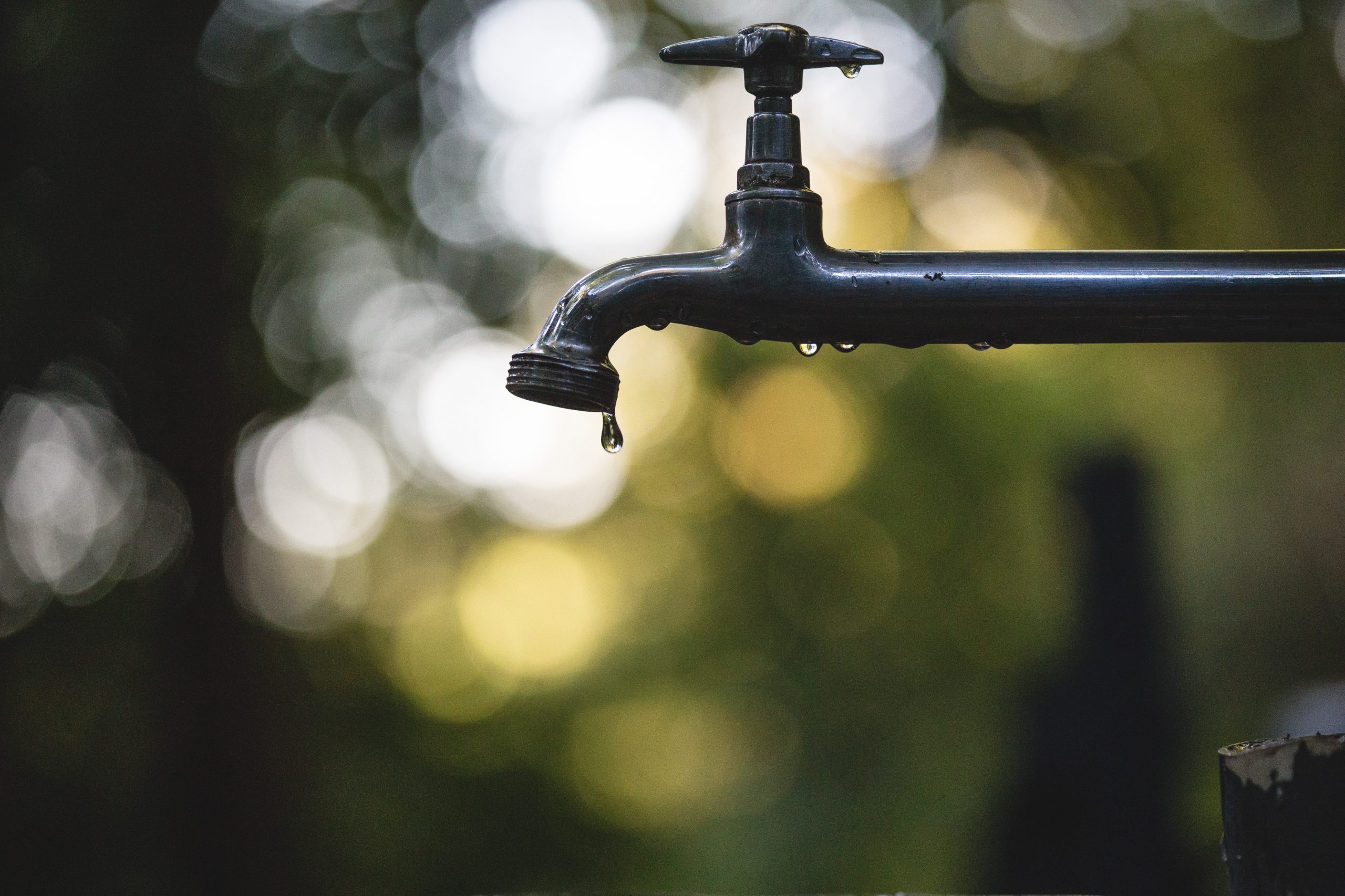
American Rescue Plan Funding: A Playbook for Efficiently Getting the Lead Out
Summary
Lead is a neurotoxin that continues to harm communities across the country. Though new uses of lead in paint, gasoline, and pipes have been banned for several decades, lead in legacy products and materials remains in communities, posing an ongoing threat to human and economic development. Anywhere from 6 to 10 million residential lead service lines (LSLs), for instance, are still in use nationwide.
Funding included in American Rescue Plan (ARP) grant programs gives cities and states the opportunity to finally eradicate lead contamination in water lines. These steps outlined in this memo (and summarized in the figure below) represent a data- driven approach to rid American communities of the pernicious effects of lead contamination in water systems. This approach builds on research from the University of Michigan and subsequent implementation by BlueConduit in more than 50 cities in the United States and Canada.
This year’s Red Sky Summit was an opportunity to further consider what the role of fire tech can and should be – and how public policy can support its development, scaling, and application.
Promising examples of progress are emerging from the Boston metropolitan area that show the power of partnership between researchers, government officials, practitioners, and community-based organizations.
FAS supports the bipartisan Regional Leadership in Wildland Fire Research Act under review in the House, just as we supported the earlier Senate version. Rep. David Min (D-CA) and Rep. Gabe Evans (R-CO) are leading the bill.
The current wildfire management system is inadequate in the face of increasingly severe and damaging wildfires. Change is urgently needed